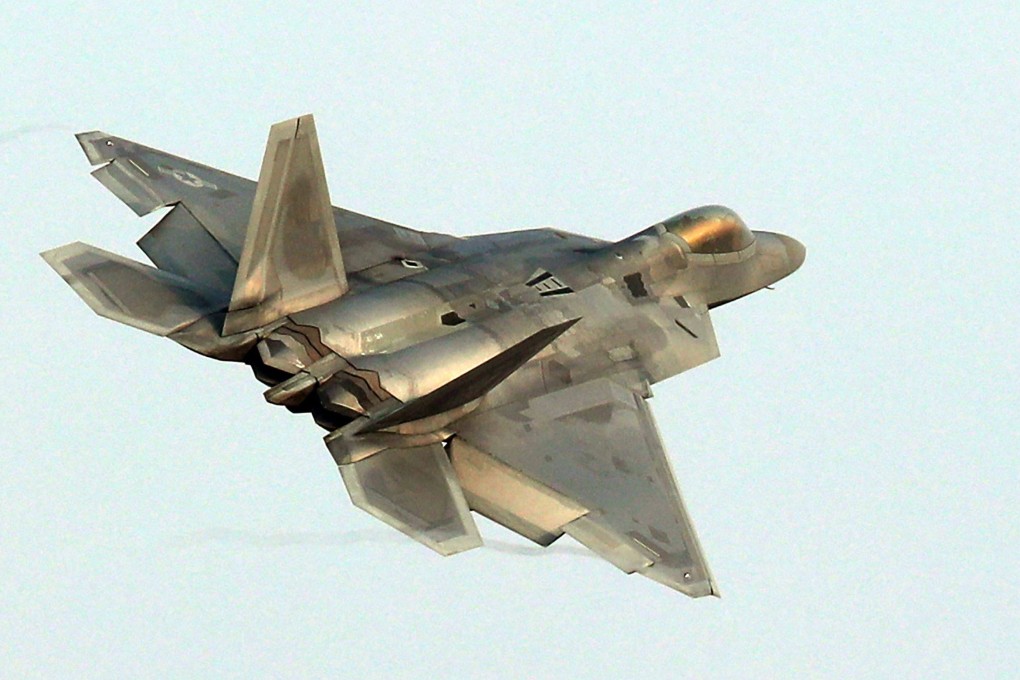Chinese scientists develop anti-stealth radar so small it could be mistaken for rooftop clothes rack, research paper says
- Team from Xidian University say they have used their mobile device to track civilian aircraft, with the data suggesting the technology works
- Several research projects in China are focused on anti-stealth radar advances, including developing quantum radar technology

Scientists in western China have developed an anti-stealth radar so small it could be quietly and easily set up almost anywhere, including on a rooftop, according to the research team behind the project.
“Although the detection accuracy of the radar can be improved by increasing the antenna aperture, it will reduce the mobility and survivability of the radar platform,” said professor Yang Minglei in a paper published in the domestic peer-reviewed journal Modern Radar on August 11.
The metric wave radar array developed by Yang, of the national laboratory of radar signal processing at Xidian University, Xian, and his colleagues, is similar in size and appearance to a clothes-drying rack, according to a photo published in the journal.
The researchers said the mobile device showed superior performance in detection accuracy and range in a number of tests conducted on the roof of a university campus building.
According to a public presentation in 2018 by Wu Jianqi, a lead scientist in the military’s anti-stealth radar programme, Chinese radar systems could detect and track American F-22 jets – regarded as the world’s most advanced and powerful stealth fighters – flying several hundred kilometres off the Chinese coast as early as 2013.
